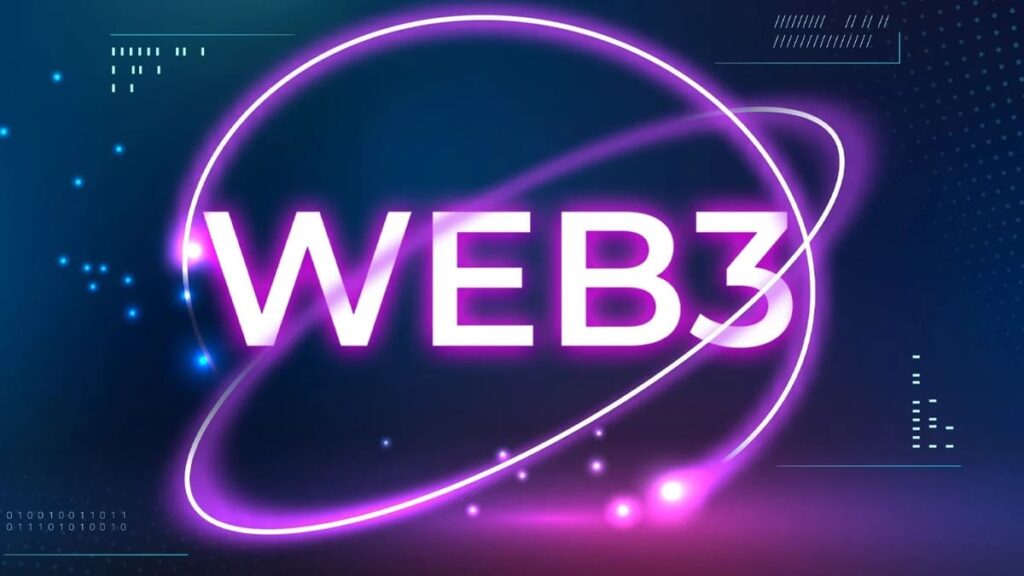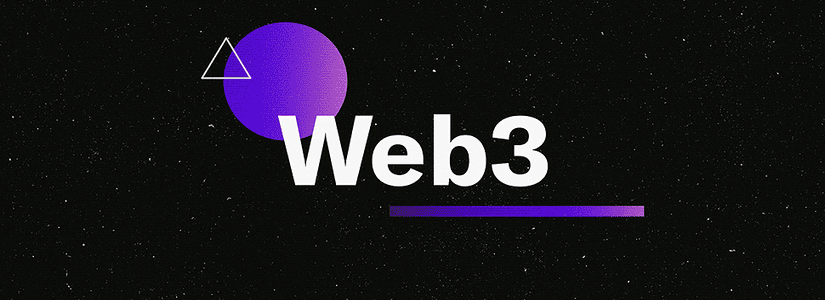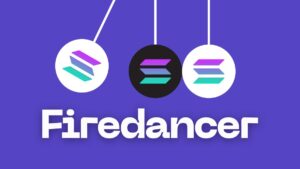TL;DR
- Web3 can transform education and student lending with on-chain contracts, delivering faster, more transparent credit.
- Integrating student loans into DeFi could quadruple TVL but demands clear licensing, audits, and standards.
- An on-chain academic and financial record empowers students, fosters responsibility, and democratizes access to funding.
The world of education and personal finance stands at the cusp of a breakthrough driven by Web3, cryptocurrencies, and blockchain technology. At Consensus 2025 in Toronto, Yat Siu, chairman of Animoca Brands, argued that bringing student loans into DeFi could skyrocket total value locked (TVL) and onboard a wave of new crypto users. In this opinion piece, we’ll explore why this idea holds such disruptive promise—and what obstacles lie ahead.
On-Chain Student Loans as a DeFi Growth Engine
The global student loan market totals roughly $3 trillion. Shifting even 10% of that volume on-chain could more than quadruple DeFi’s TVL. That influx wouldn’t materialize out of thin air; it would come from students who become lifelong crypto participants once they borrow and repay loans on-chain.
This model runs faster, cheaper, and with greater transparency than traditional systems, cutting out intermediaries that drive up costs. Animoca Brands has already backed this approach through its investment in Pencil Finance, which issues blockchain-secured student loans in the Philippines and Indonesia and plans to expand into the U.S. Siu compared this strategy to how PayPal and Venmo scaled by serving underserved audiences—education might become DeFi’s mainstream gateway.
Education as a Natural Web3 Use Case
Platforms like YouTube and TikTok evolved from entertainment hubs into the world’s largest informal classrooms. Web3 could follow the same path: by embedding payments, reputation, and credentials into the blockchain, student communities could become capital networks.
Thanks to immutable on-chain records, every completed course would generate a verifiable academic and financial history for employers or lenders. Digital natives already trust online environments, so when they borrow and repay on-chain, they discover a more efficient payment method and connect to crypto from day one of their careers.
Regulatory Hurdles
Student lending relies on national legal frameworks that differ widely. Centralized platforms require licenses and registrations with official bodies, while purely decentralized solutions must publish security audits and open smart contracts.
Without these safeguards, students risk falling into scams or suffering technical exploits. Regulators, universities, and tech firms must collaborate to set standards that protect both borrowers and investors.
Social Impact and the Initiative’s Future
Turning students into active DeFi participants carries wide-ranging benefits. Managing an on-chain loan teaches financial literacy early, and transparent payment histories ease access for the unbanked.
This model could extend to scholarships and grants, disbursed in real time to institutions with usage proof. In the long run, platforms might add gamified elements and tokenized achievements to reward persistence and academic performance with financial incentives.
Conclusion: Toward a New Educational and Financial Era
Web3 offers a tangible way to bring millions of students into the crypto world by addressing a real need: funding their education. At the same time, it would fuel DeFi’s growth with a fresh, engaged user base.
Overcoming the technical and regulatory challenges could elevate education into the killer use case that propels blockchain technology into everyday life. If institutions, regulators, and projects align, we may witness Web3 not only reshape finance but also redefine how we learn and fund our futures














